-
×

-
×

-
×

-
×

-
×

-
×

-
×
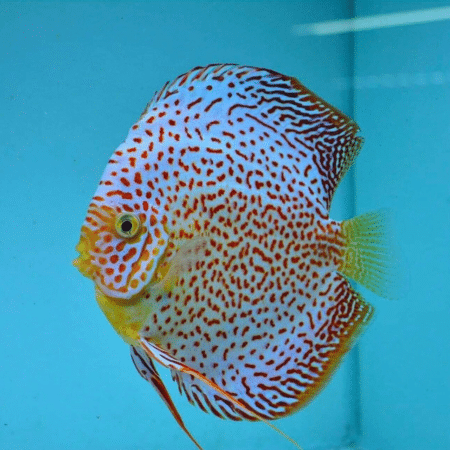
-
×
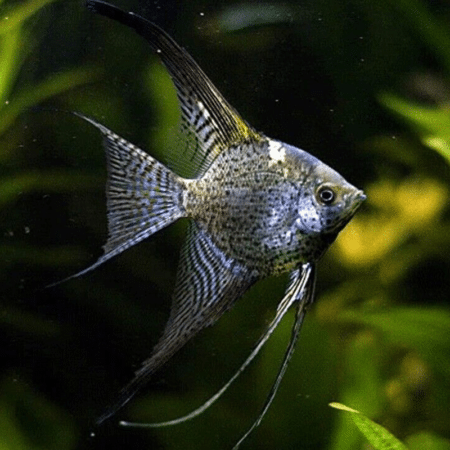
-
×

Subtotal: £178.07


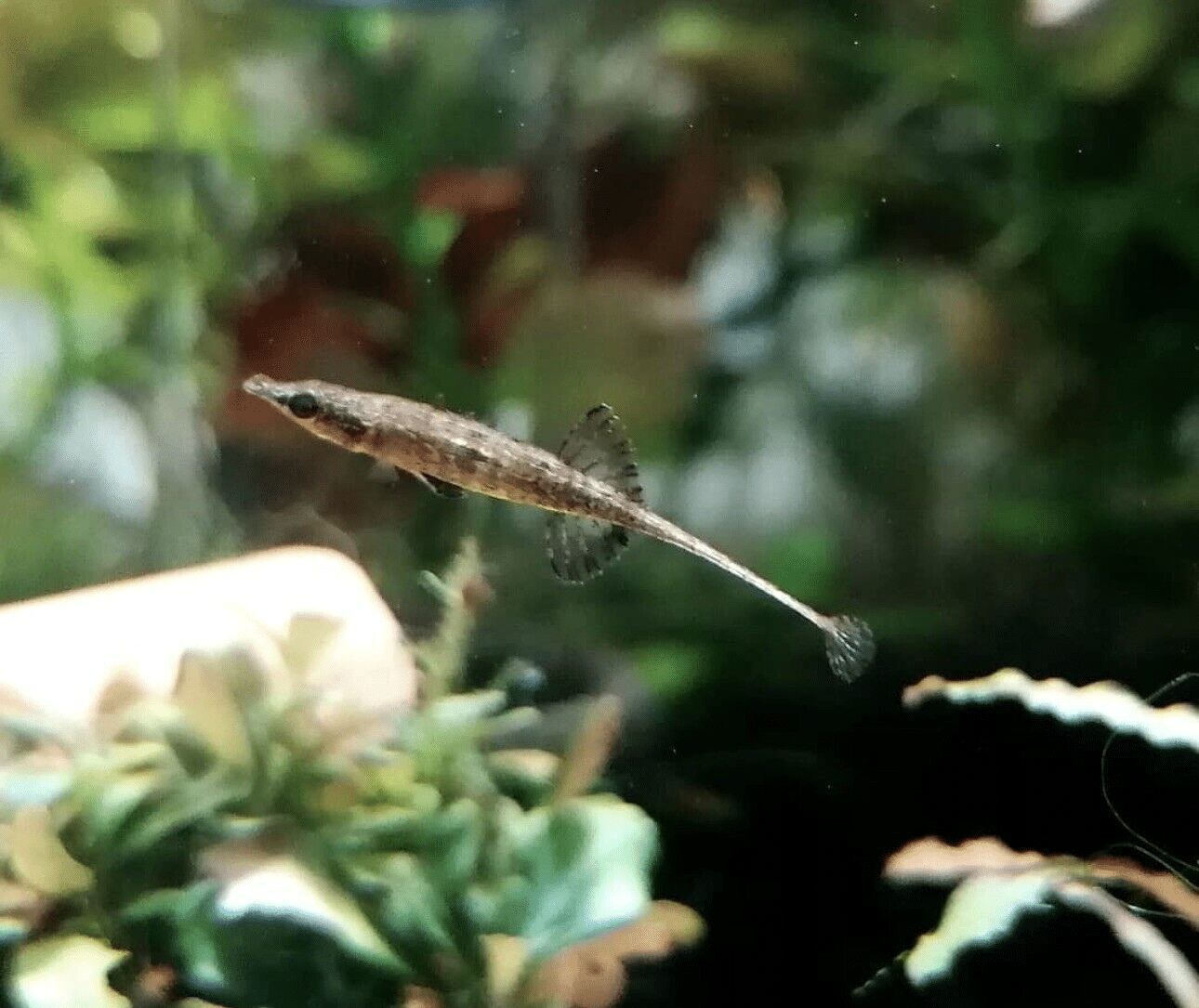
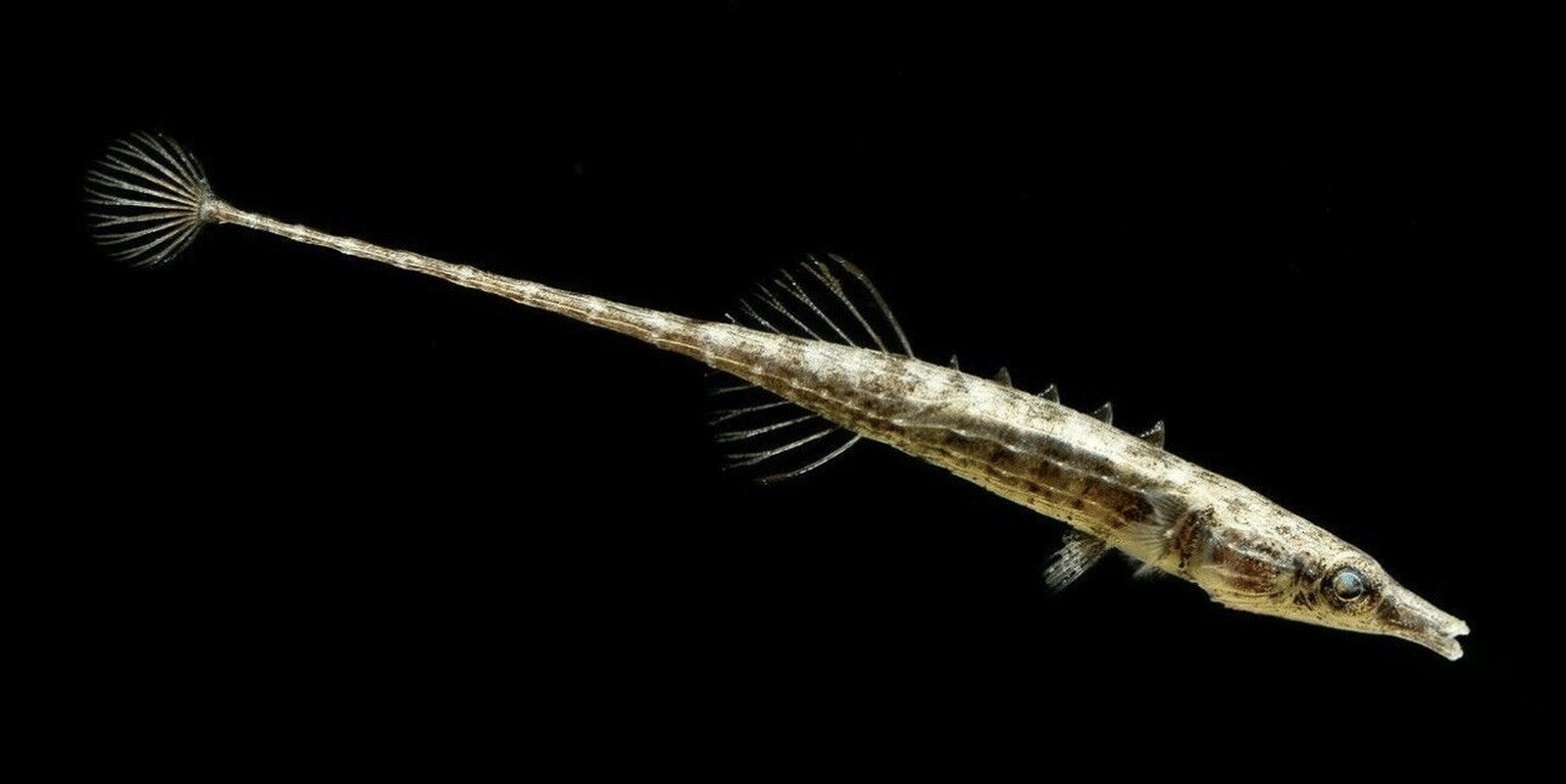
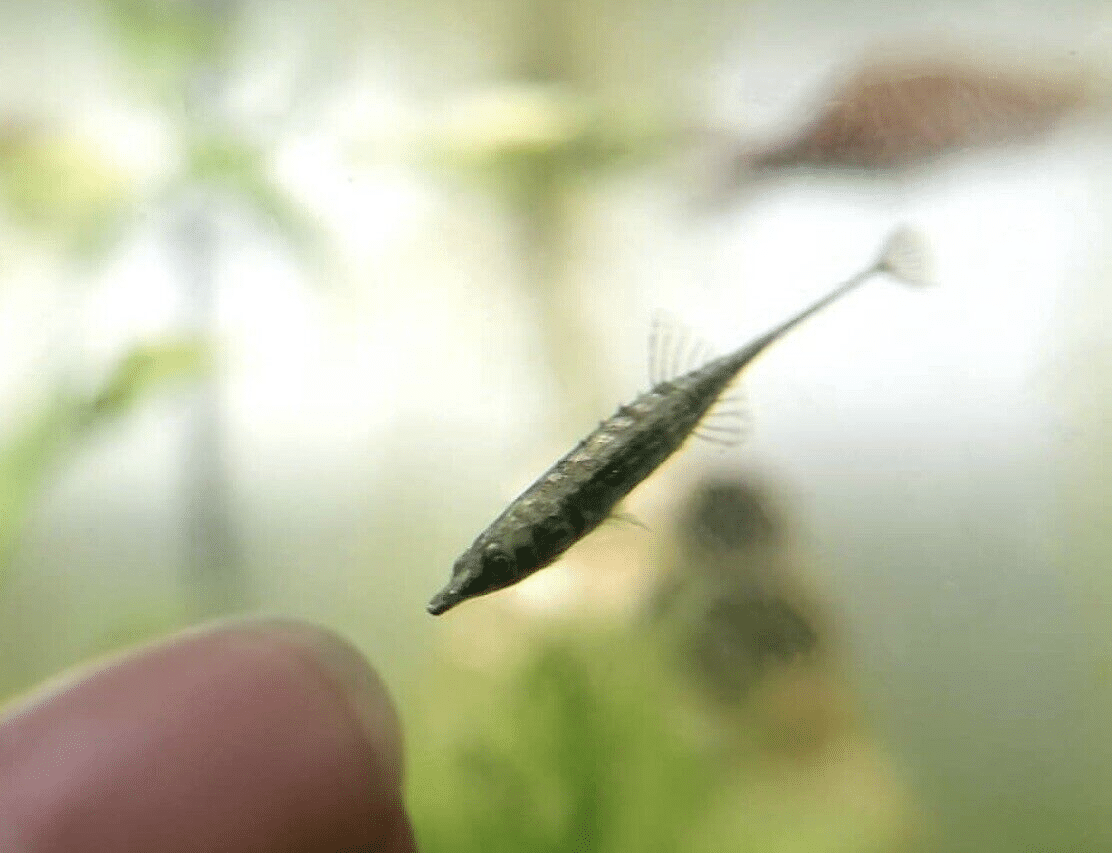


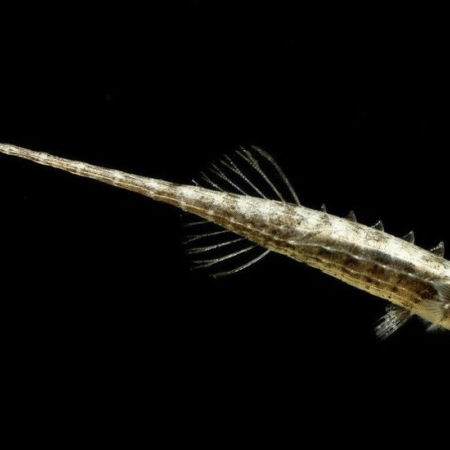
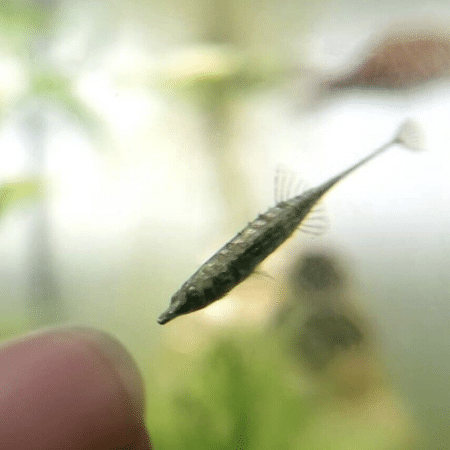
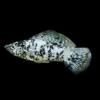

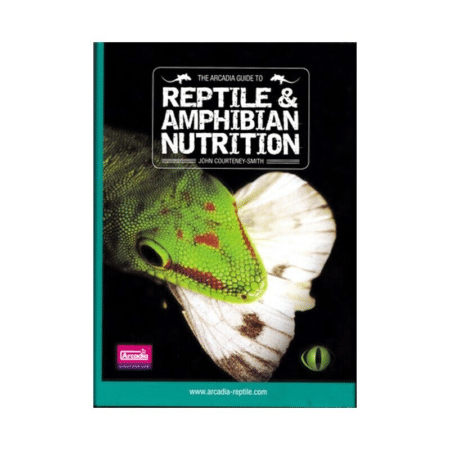


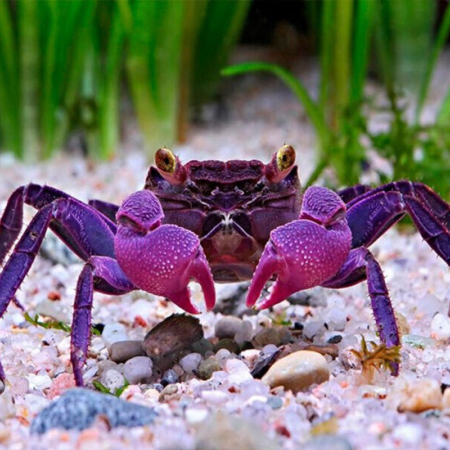
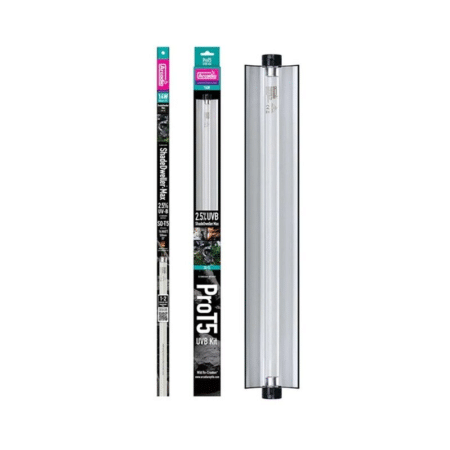



Emma Williams (verified owner) –
I recently purchased 4 Indostomus Paradoxus for my 20-gallon nano planted aquarium, and I couldn’t be happier! These little fish, each about 2-3 cm, have added such a charming dynamic to my setup. After about two weeks in their new home, they’ve really started to thrive among the lush aquarium plants. Watching them dart between the foliage is mesmerizing!
Compared to other nano fish I’ve kept, these guys are much more active and social. They seem to enjoy the plant cover, which gives them a sense of security. I also appreciate how peaceful they are – they get along beautifully with my other tank mates. One minor concern was that they were a bit shy initially, but with the right environment and some patience, they’ve become quite bold.
I’d recommend the Indostomus Paradoxus to any aquarium enthusiast, especially those with planted tanks looking for unique and engaging fish. These small wonders are not just pretty; they genuinely bring life to your aquatic world. Overall, I’m thrilled with my purchase and would definitely buy them again!